A Problem with csgillespie solution appears, when You have an logarithmic X axis. The you will have a different length of the small bars on the right an the left side (the epsilon follows the x-values).
You should better use the errbar function from the Hmisc package:
d = data.frame(
x = c(1:5)
, y = c(1.1, 1.5, 2.9, 3.8, 5.2)
, sd = c(0.2, 0.3, 0.2, 0.0, 0.4)
)
##install.packages("Hmisc", dependencies=T)
library("Hmisc")
# add error bars (without adjusting yrange)
plot(d$x, d$y, type="n")
with (
data = d
, expr = errbar(x, y, y+sd, y-sd, add=T, pch=1, cap=.1)
)
# new plot (adjusts Yrange automatically)
with (
data = d
, expr = errbar(x, y, y+sd, y-sd, add=F, pch=1, cap=.015, log="x")
)


